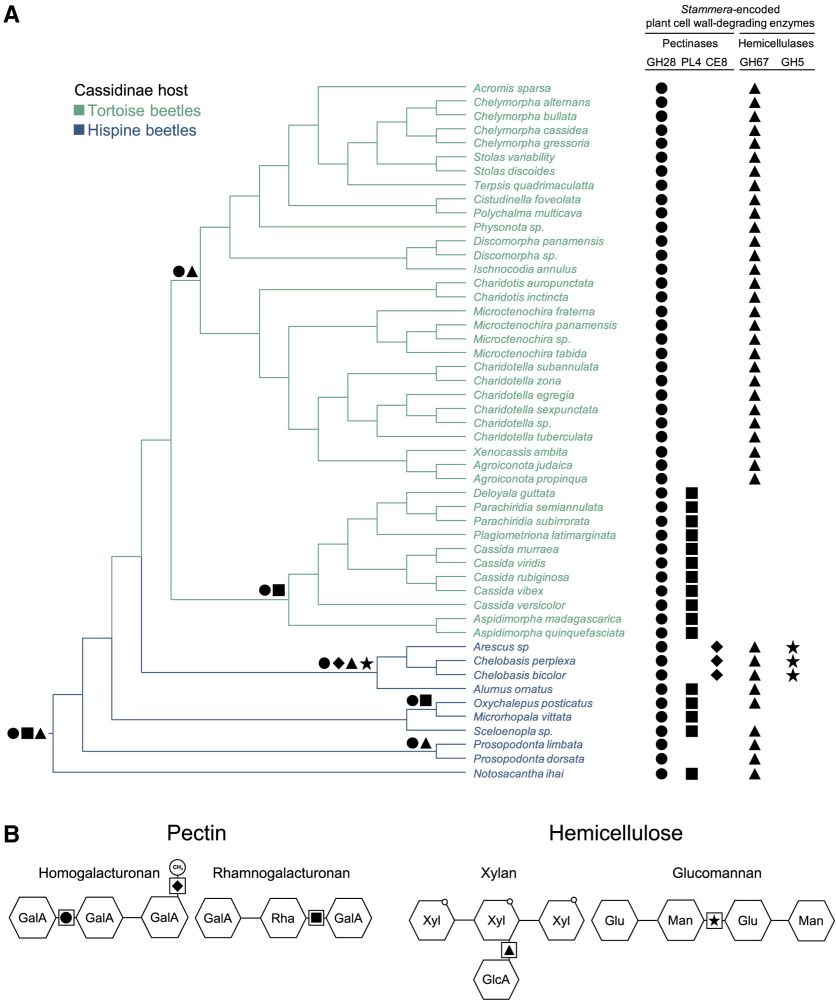
www.mutualisms.net


In beetles, symbiosis is a consistent strategy. Where the repeated loss of endogenous digestive enzymes is offset by functionally convergent symbioses: www.cell.com/current-biol...
Excited to share our latest, out today in @currentbiology.bsky.social!

In beetles, symbiosis is a consistent strategy. Where the repeated loss of endogenous digestive enzymes is offset by functionally convergent symbioses: www.cell.com/current-biol...
Excited to share our latest, out today in @currentbiology.bsky.social!

Together w/ Marleny García-Lozano, we review how microbes shaped one of the most successful animal radiations, through horizontal gene transfer & symbiosis:
www.cell.com/trends/micro...

Together w/ Marleny García-Lozano, we review how microbes shaped one of the most successful animal radiations, through horizontal gene transfer & symbiosis:
www.cell.com/trends/micro...







We ask these questions of leaf beetles, led by Marleny Lozano & out today in CurrentBiology!
www.cell.com/current-biol... 🧵1/n
🦠 🧪 🧫

We ask these questions of leaf beetles, led by Marleny Lozano & out today in CurrentBiology!
www.cell.com/current-biol... 🧵1/n
🦠 🧪 🧫
But in tortoise beetles, these lines are blurred. Super happy to share our latest, co-led by Miguel Porras & Inès Pons, out today in ISME Communications!
academic.oup.com/ismecommun/a...

But in tortoise beetles, these lines are blurred. Super happy to share our latest, co-led by Miguel Porras & Inès Pons, out today in ISME Communications!
academic.oup.com/ismecommun/a...
I’m excited to finally join the conversation here. I’m a biologist interested in symbioses, esp why & how they evolve.
Our lab studies these interactions in insects and their beneficial microbes 🦠🧫🧪 Looking forward to connecting with many of you! #MicroSky

I’m excited to finally join the conversation here. I’m a biologist interested in symbioses, esp why & how they evolve.
Our lab studies these interactions in insects and their beneficial microbes 🦠🧫🧪 Looking forward to connecting with many of you! #MicroSky

